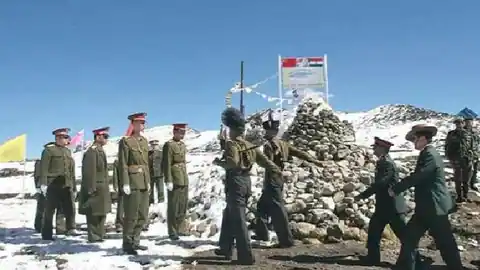International conspiracy against India!


China is adopting various tactics to increase its influence on the Nepal border. China is engaged in a campaign to make its inroads inside Nepal through different activities like promotion of Buddhism in the border areas of India, setting the agenda through radio, training of Chinese language etc. Intelligence agencies have disclosed secret attempts to grab Nepal’s land at many places.
According to sources associated with the intelligence agency, agencies have received information about preparing the ground for anti-India activities by China by increasing its dominance in about seven districts of Nepal. China is engaged in increasing its influence in Nepal’s educational institutions, media, social sector as well as tourism. Chinese language courses are being taught in the curriculum of many schools in Nepal. The agenda of praising China is set through many newspapers and radio stations in Nepal. There is propaganda against India through Nepali media.
Sources said that new radio stations have been opened by the Chinese side in the border areas of Nepal. The displeasure against China does not increase among the people of Nepal, so the help of many voluntary organizations is also being taken. Radio programs tell stories of China’s growing influence and success around the world.
NGOs active in the border areas
Sources have said, many NGOs of China are active in the Nepal border adjacent to India. Under the guise of NGOs, Chinese spies are running their agenda in the border areas connected with India and the inputs here are passed on to Chinese agencies. China is monitoring Tibetans living as refugees through NGOs.
Tourists involved in monitoring
Sources from the agencies say that Chinese people are also being sent to Nepal as tourists under a special agenda. Due to the large number of Chinese tourists coming, Chinatowns have been built in many areas of Nepal like Pokhara and Thamol. There are reports of China secretly grabbing Nepal’s land in Dolakha, Gorkha, Dharchula, Humla, Sindhupalchowk, Sankhuwasabha, Rasuwa districts of Nepal.
DISCLAIMER: The author is solely responsible for the views expressed in this article. The author carries the responsibility for citing and/or licensing of images utilized within the text.
